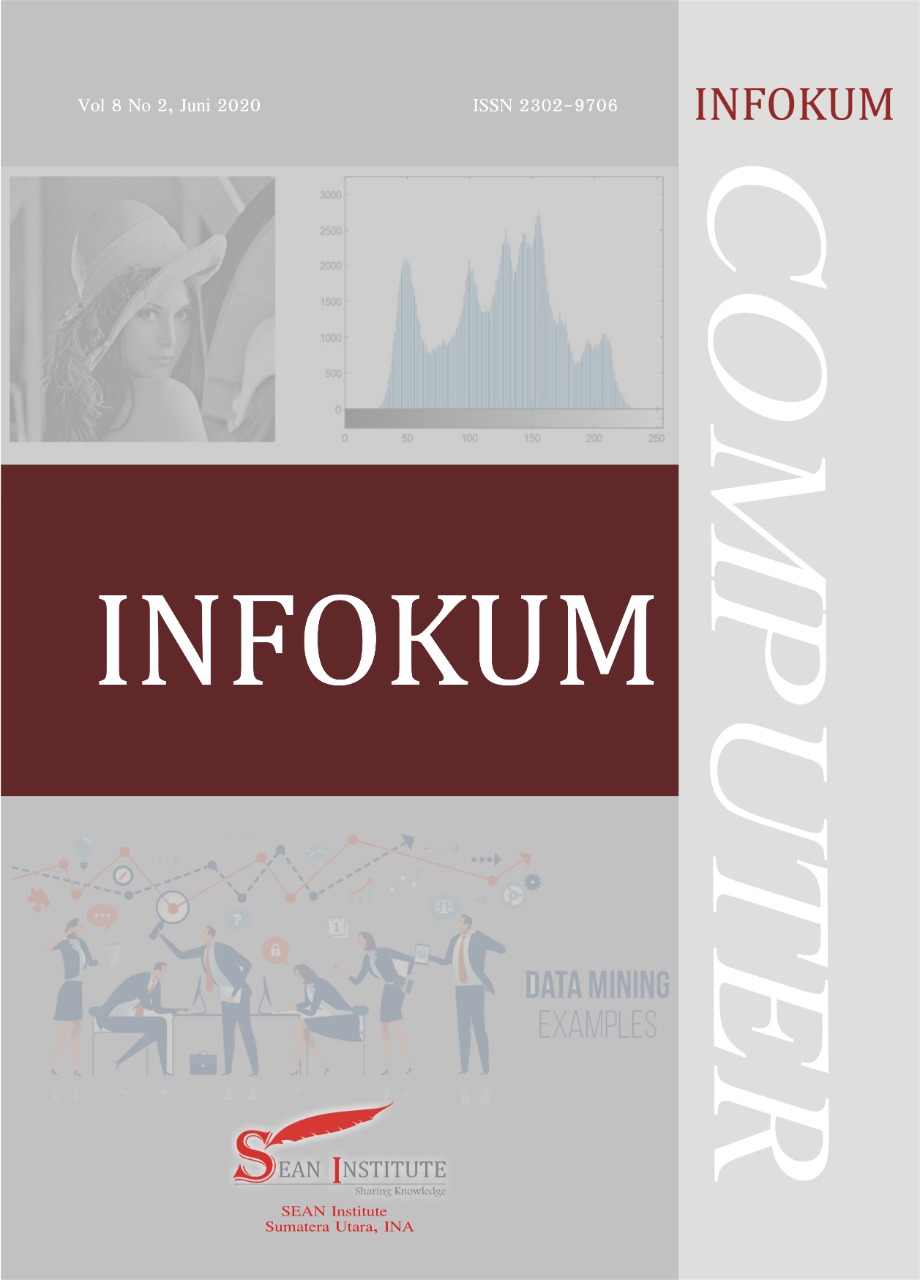Analysis of the Potential of Remote Monitoring and Control Systems for Energy Efficiency in Office Buildings
Abstract
Energy consumption in office buildings represents a significant portion of operational costs and environmental impact. Efficient energy management has therefore become a critical priority. This study analyzes the potential of implementing remote monitoring and control systems to improve energy efficiency in office buildings. The system integrates Internet of Things (IoT) technologies and microcontroller-based controllers to monitor and regulate electrical loads such as lighting, air conditioning, and other office equipment. Data collection and analysis were conducted through sensor integration, cloud-based dashboards, and control algorithms. The results show that real-time energy monitoring and automated control can reduce unnecessary energy usage by up to 25%, improve responsiveness to occupancy patterns, and enable predictive maintenance. The system also supports remote access via web or mobile interfaces, allowing facility managers to make informed decisions. The findings suggest that remote monitoring and control systems offer significant potential to enhance energy efficiency, reduce operational costs, and contribute to sustainable building management practices.
Downloads
References
Aryza, S., Irwanto, M., Lubis, Z., Siahaan, A. P. U., Rahim, R., & Furqan, M. (2018). A Novelty Design Of Minimization Of Electrical Losses In A Vector Controlled Induction Machine Drive. In IOP Conference Series: Materials Science and Engineering (Vol. 300, No. 1, p. 012067). IOP Publishing.
Hamdani, H., Tharo, Z., & Anisah, S. (2019, May). Perbandingan Performansi Pembangkit Listrik Tenaga Surya Antara Daerah Pegunungan Dengan Daerah Pesisir. In Seminar Nasional Teknik (Semnastek) Uisu (Vol. 2, No. 1, pp. 190-195).
Khan, I., Belqasmi, F., Glitho, R., Crespi, N., Morrow, M., & Polakos, P. (2016). Wireless sensor network virtualization: A survey. IEEE Communications Surveys & Tutorials, 18(1), 553-576.
Lee, I., & Lee, K. (2015). The Internet of Things (IoT): Applications, investments, and challenges for enterprises. Business Horizons, 58(4), 431-440.
Putri, M., Wibowo, P., Aryza, S., & Utama Siahaan, A. P. Rusiadi.(2018). An implementation of a filter design passive lc in reduce a current harmonisa. International Journal of Civil Engineering and Technology, 9(7), 867-873.
Panduardi, F., & Haq, E. S. (2016). Wireless Smart Home System Menggunakan Raspberry Pi Berbasis Android. Jurnal Teknologi Informasi dan Terapan, 3(1).
Syam, Rafiuddin. (2013). Dasar Dasar Teknik Sensor: Untuk Beberapa Kasus Sederhana. Seri Buku Ajar. Universitas Hassanuddin. Kota Makassar
Tarigan, A. D., & Pulungan, R. (2018). Pengaruh Pemakaian Beban Tidak Seimbang Terhadap Umur Peralatan Listrik. RELE (Rekayasa Elektrikal dan Energi): Jurnal Teknik Elektro, 1(1), 10-15.
Wang, C., Daneshmand, M., Dohler, M., Mao, X., Hu, R. Q., & Wang, H. (2013). Guest Editorial - Special issue on internet of things (IoT): Architecture, protocols and services. IEEE Sensors Journal, 13 (10), 3505–3508. http://doi.org/10.1109/JSEN.2013.2274906
Purnomo, Arif Eko. 2019. Pengukur Kecepatan Angin Jarak Jauh Menggunaan
NodeMCU ESP 8266. Sekolah Tinggi Manajemen Informatika Dan Komputer AKAKOM. Kota Yogyakarta
Tharo, Z., Syahputra, E., & Mulyadi, R. (2022). Analysis of Saving Electrical Load Costs With a Hybrid Source of PLN-PLTS 500 Wp. Journal of Applied Engineering and Technological Science (JAETS), 4(1), 235-243.
Tharo, Z., Sutejo, E., & SK, G. M. (2024). Harnessing Solar Energy for Sustainable Urban Street Lighting. Asian Journal of Environmental Research, 1(2), 107-115.
Wibowo P et al (2024) A Development Of Charging System For Electric Vehicles. Jurnal Scientia, 13(04), 1461-1468.










